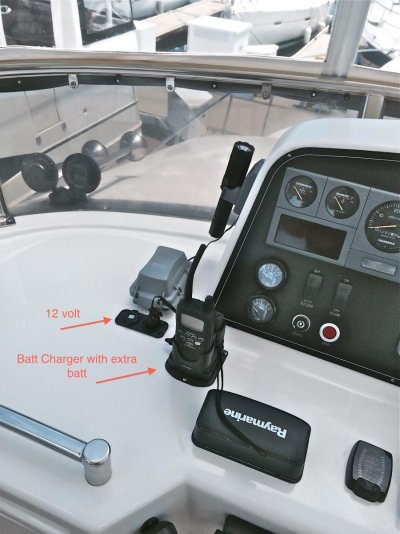Capt Jack
Senior Member
Thinking about adding a handheld VHF to the list of equipment and looking around gets very confusing 
We have a dinghy and primarily operate in Florida waters near shore - usually within site of land. The handheld would be used on the flybridge and on the dinghy, as well as be readily available for grabbing along with the ditch bag if needed.
Not trying to start an anchor type argument thread here , but... What makes/models do you use and how do you like them?
, but... What makes/models do you use and how do you like them?
Thanks for the input.
John

We have a dinghy and primarily operate in Florida waters near shore - usually within site of land. The handheld would be used on the flybridge and on the dinghy, as well as be readily available for grabbing along with the ditch bag if needed.
Not trying to start an anchor type argument thread here
 , but... What makes/models do you use and how do you like them?
, but... What makes/models do you use and how do you like them? Thanks for the input.
John





